In this article, we will explore some of the most liberal cities in North Carolina, where progressive ideas and inclusive attitudes flourish.
If you’re looking to move to North Carolina and want to know where the majority of North Carolinians lean left, you’ve come to the right place.
Specifically, we wanted to know which cities have the highest number of liberal voters in the Tar Heel State.
To do so, we analyzed how the people in each city in North Carolina with a population greater than 5,000 voted during the last presidential election. The cities with the highest percentage of voters who voted Democrat were named the most liberal cities in the state.
Table Of Contents: Top Ten | Methodology | Summary | Table
The 10 Most Liberal Places In North Carolina For 2024:
If you’re wondering, Trinity is the most conservative city in North Carolina of all those we measured.
And to be clear, we didn’t form this list based on our biases — we relied on the cold hard data. For more on how we ran the numbers, keep on reading. Then, we’ll take a closer look at each of our top 10 most liberal cities in North Carolina.
And if you already knew these places were liberal, check out some more reading about North Carolina and the most liberal places in the country:
The 10 Most Liberal Places In North Carolina For 2024
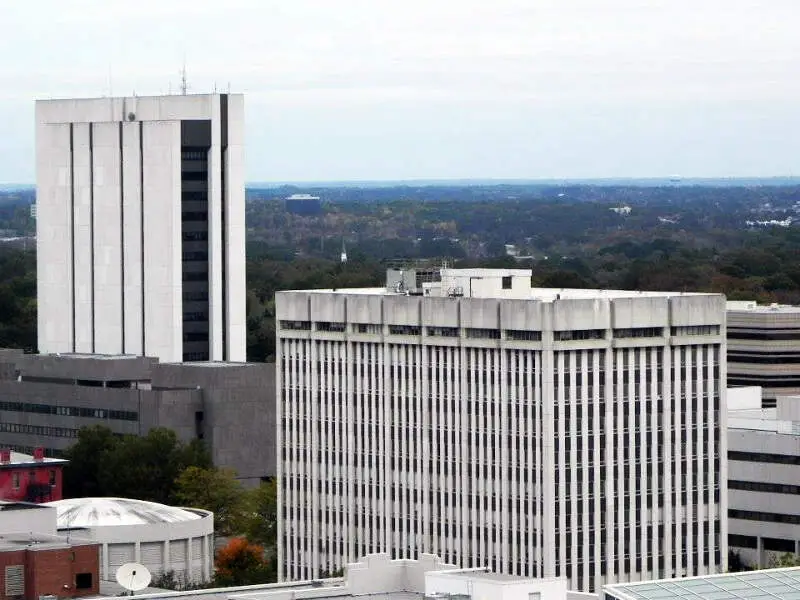
/10
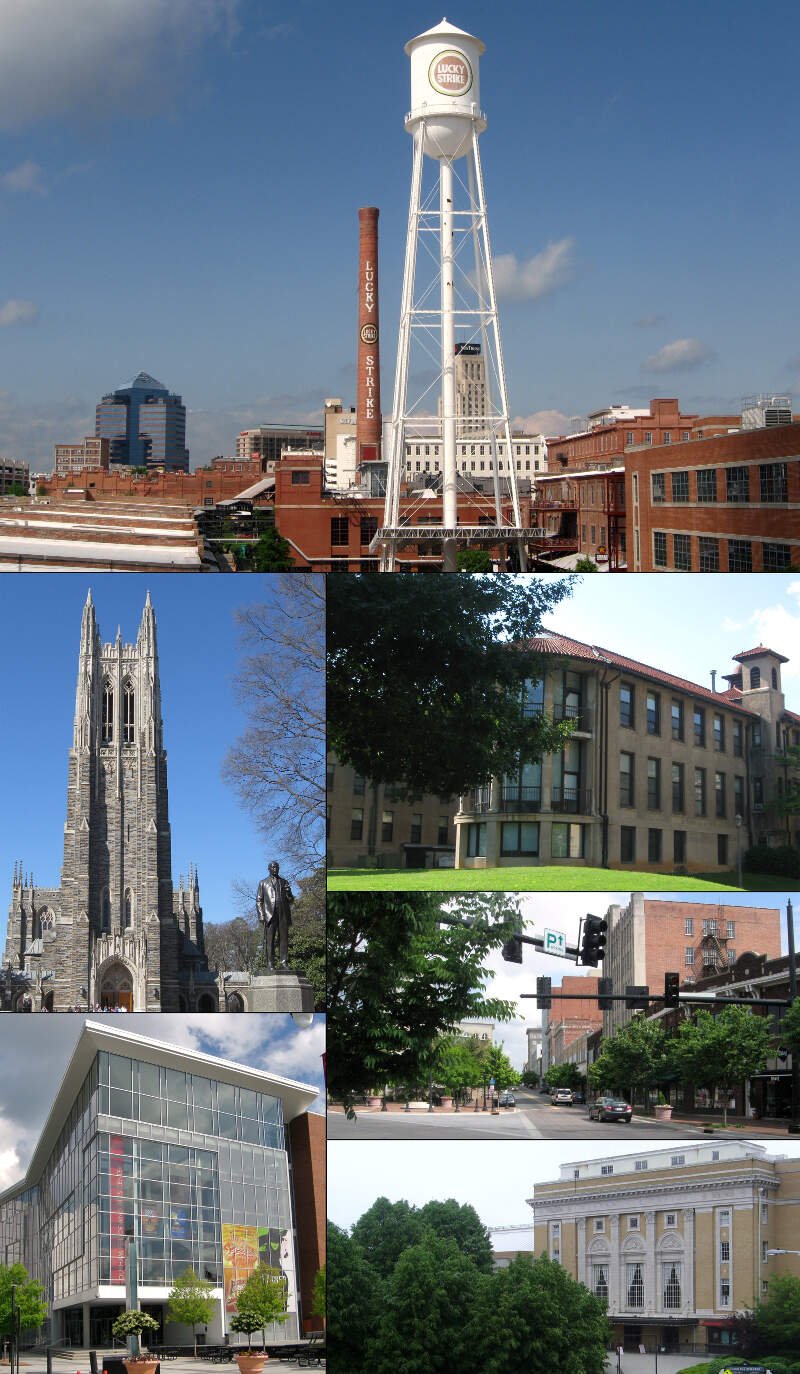
/10
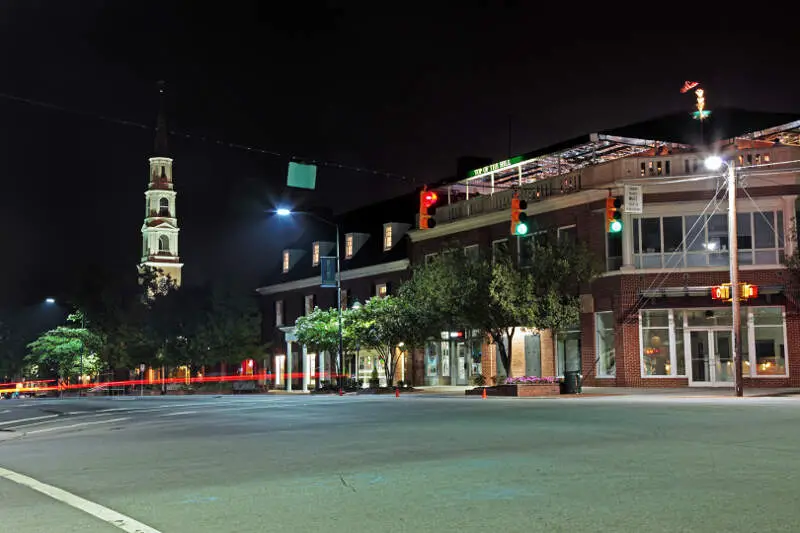
/10
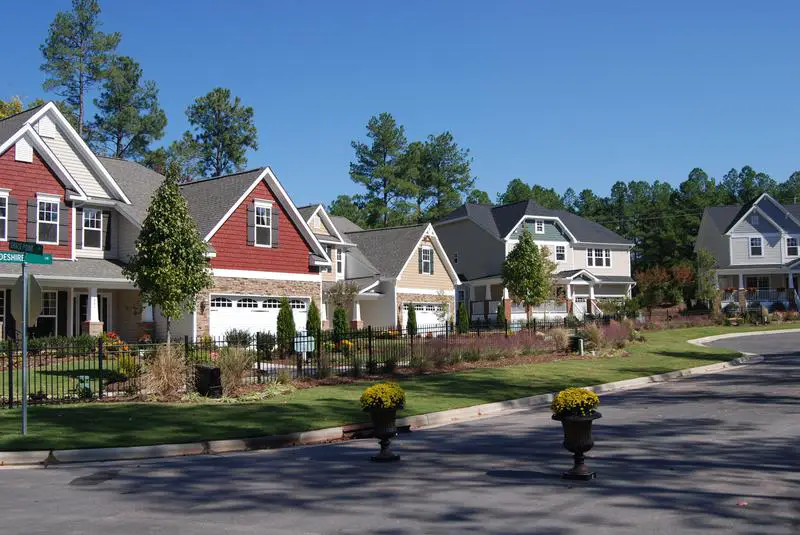
/10
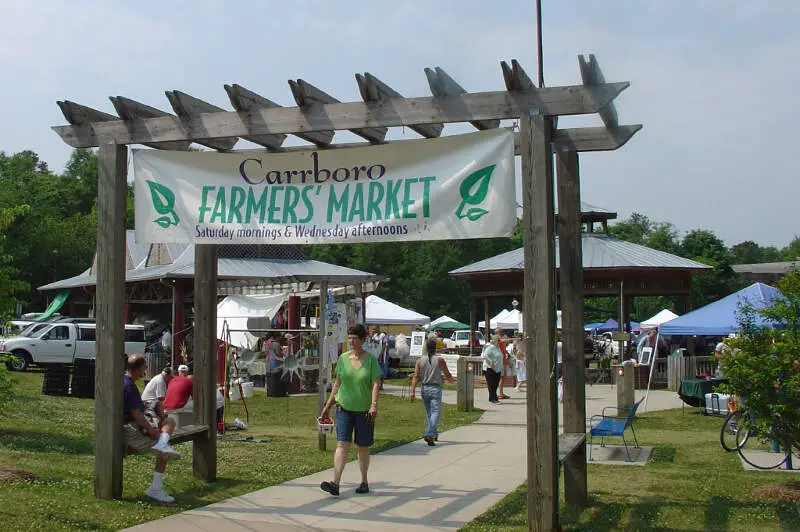
/10
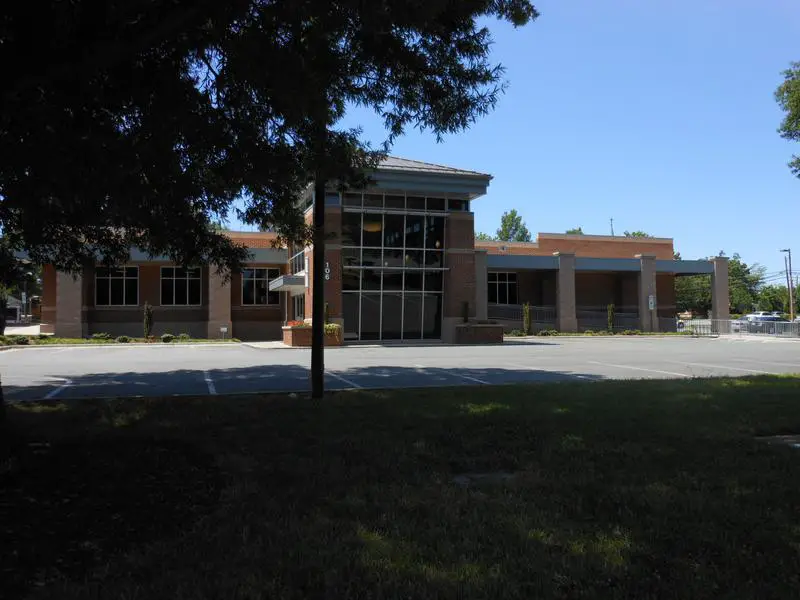
/10
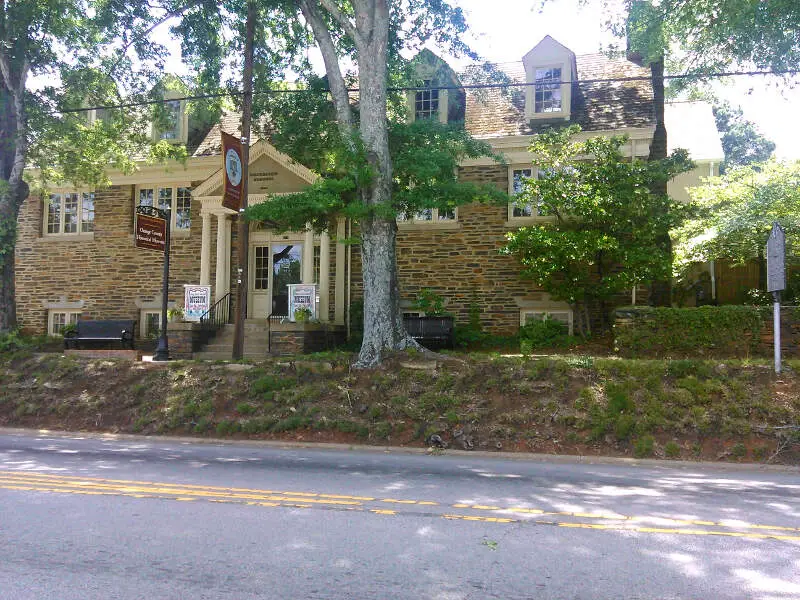
/10
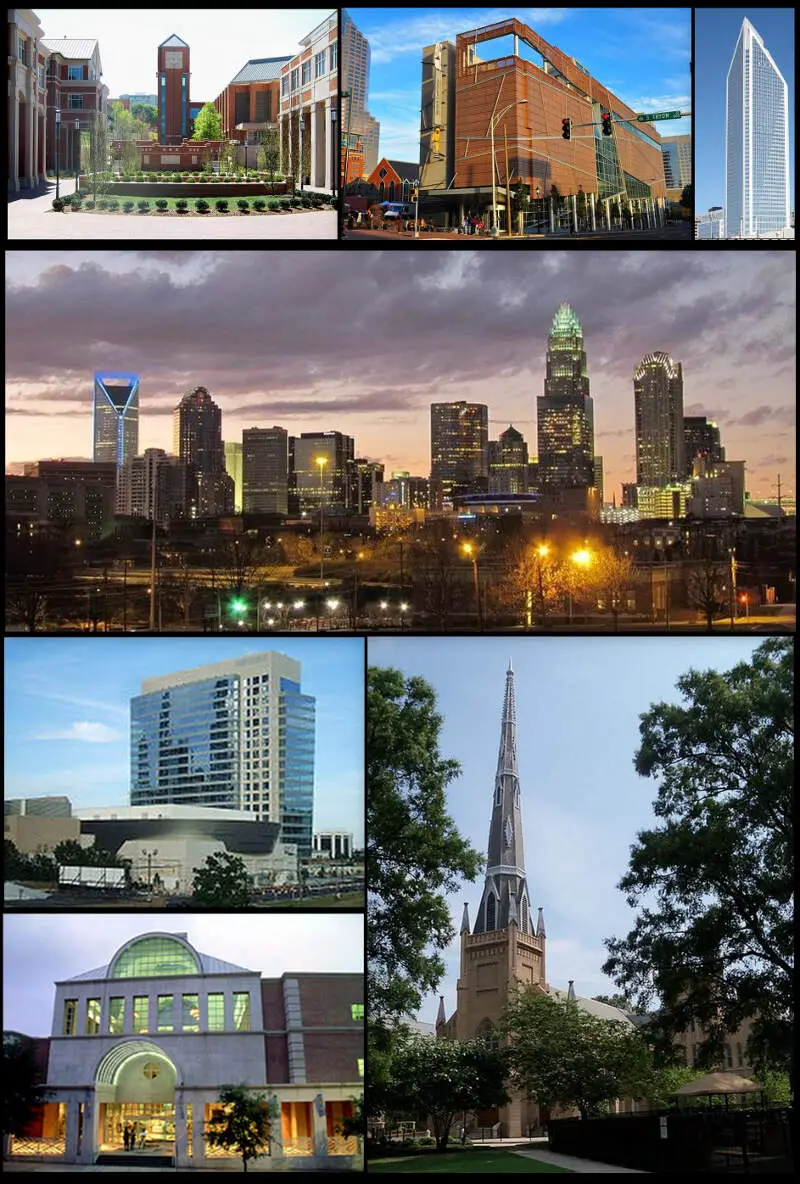
/10
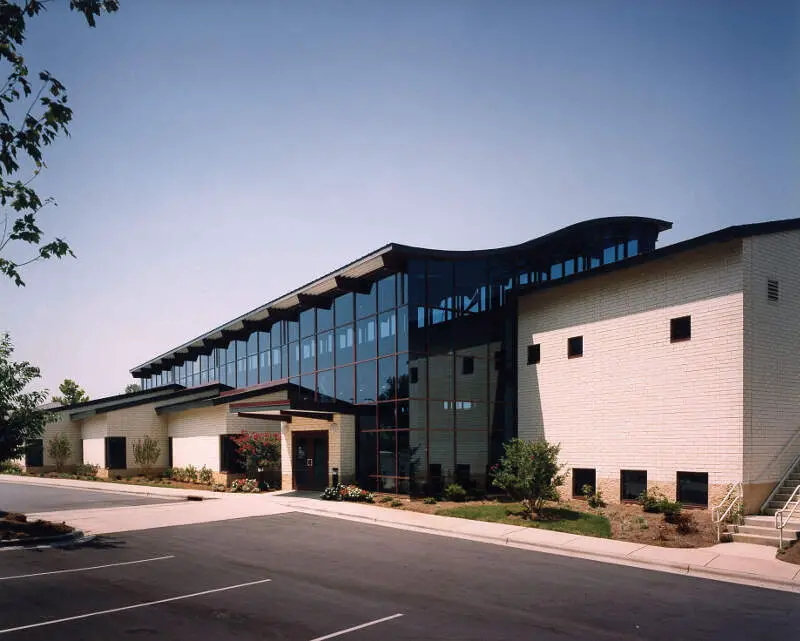
/10
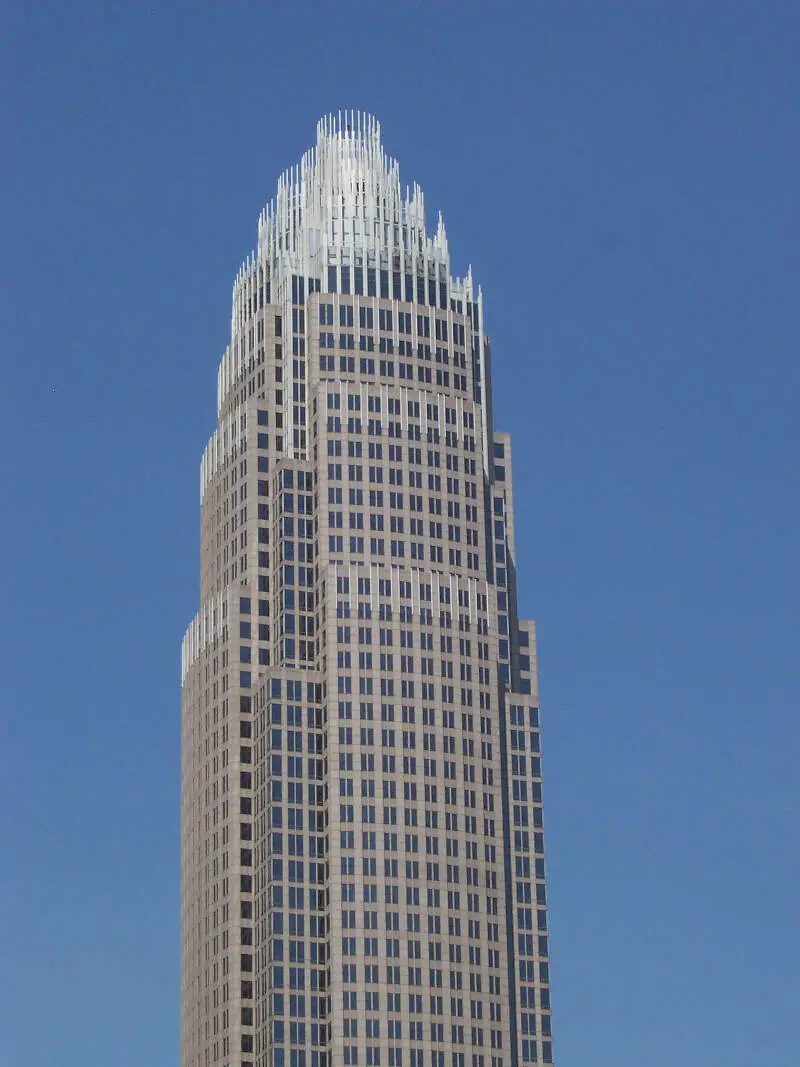
/10
How we determined the most liberal cities in North Carolina for 2024
To find the most liberal places in North Carolina, we used Saturday Night Science – the argument you’d make at a bar – to find the cities with the most liberals.
Straight forward.
We started by making a list of every city in North Carolina over 5,000 people based on the 2018-2022 American Community Survey. That left us with 138 cities and towns.
We then measured the voting record and MIT election data to determine which places lean the most leftward in their allegiances by:
- Percentage Of Votes For Democratic President In 2020
Because no voting data exists at the city level, we used county-level election results from the 2020 election. We assigned every city in a county the percentage of votes that went to the Democrats, effectively extending the county’s results to the city level. In cases where larger cities encompassed an entire county, the election outcomes accurately reflected the city’s political landscape.
The winner, Raleigh, is “The Most liberal City in North Carolina For 2024”. The most conservative place in North Carolina was Trinity.
We updated this article for 2024. This report is our tenth time ranking the most liberal places to live in North Carolina.
Summing Up The Liberal Snowflakes in North Carolina
Well, there you have it, the places in North Carolina that have the highest number of liberals per capita, with Raleigh ranking as the least conservative in the entire state.
The most liberal cities in North Carolina are Raleigh, Durham, Chapel Hill, Morrisville, Carrboro, Mebane, Hillsborough, Charlotte, Huntersville, and Cornelius.
If you’re curious, here are the least liberal cities in North Carolina:
- Trinity
- Asheboro
- Mount Airy
For more North Carolina reading, check out:
- Best Places To Live In North Carolina
- Cheapest Places To Live In North Carolina
- Most Dangerous Cities In North Carolina
- Richest Cities In North Carolina
- Safest Cities in North Carolina
- Worst Places To Live In North Carolina
- Most Expensive Places To Live In North Carolina
Most Liberal Places In North Carolina
| Rank | City | Population | % Liberal |
|---|---|---|---|
| 1 | Raleigh, NC | 465,517 | 80.4% |
| 2 | Durham, NC | 284,094 | 80.4% |
| 3 | Chapel Hill, NC | 58,919 | 80.4% |
| 4 | Morrisville, NC | 29,756 | 80.4% |
| 5 | Carrboro, NC | 21,242 | 74.8% |
| 6 | Mebane, NC | 17,899 | 74.8% |
| 7 | Hillsborough, NC | 9,534 | 74.8% |
| 8 | Charlotte, NC | 875,045 | 66.7% |
| 9 | Huntersville, NC | 61,202 | 66.7% |
| 10 | Cornelius, NC | 31,396 | 66.7% |
| 11 | Matthews, NC | 29,613 | 66.7% |
| 12 | Mint Hill, NC | 26,537 | 66.7% |
| 13 | Stallings, NC | 16,193 | 66.7% |
| 14 | Davidson, NC | 15,199 | 66.7% |
| 15 | Weddington, NC | 13,173 | 66.7% |
| 16 | Pineville, NC | 10,532 | 66.7% |
| 17 | Rocky Mount, NC | 54,260 | 63.2% |
| 18 | Tarboro, NC | 10,696 | 63.2% |
| 19 | Cary, NC | 174,880 | 62.3% |
| 20 | Apex, NC | 65,541 | 62.3% |
| 21 | Wake Forest, NC | 48,047 | 62.3% |
| 22 | Holly Springs, NC | 42,023 | 62.3% |
| 23 | Fuquay-Varina, NC | 35,428 | 62.3% |
| 24 | Garner, NC | 31,684 | 62.3% |
| 25 | Clayton, NC | 26,837 | 62.3% |
| 26 | Knightdale, NC | 19,127 | 62.3% |
| 27 | Wendell, NC | 10,575 | 62.3% |
| 28 | Rolesville, NC | 9,696 | 62.3% |
| 29 | Zebulon, NC | 7,421 | 62.3% |
| 30 | Angier, NC | 5,348 | 62.3% |
| 31 | Greensboro, NC | 297,202 | 60.8% |
| 32 | High Point, NC | 114,120 | 60.8% |
| 33 | Burlington, NC | 56,951 | 60.8% |
| 34 | Kernersville, NC | 27,177 | 60.8% |
| 35 | Archdale, NC | 11,873 | 60.8% |
| 36 | Summerfield, NC | 10,986 | 60.8% |
| 37 | Gibsonville, NC | 8,827 | 60.8% |
| 38 | Oak Ridge, NC | 7,637 | 60.8% |
| 39 | Stokesdale, NC | 5,900 | 60.8% |
| 40 | Roanoke Rapids, NC | 15,143 | 60.3% |
| 41 | Asheville, NC | 93,695 | 59.7% |
| 42 | Black Mountain, NC | 8,430 | 59.7% |
| 43 | Woodfin, NC | 7,901 | 59.7% |
| 44 | Henderson, NC | 14,997 | 59.2% |
| 45 | Fayetteville, NC | 208,697 | 57.4% |
| 46 | Hope Mills, NC | 17,671 | 57.4% |
| 47 | Spring Lake, NC | 11,710 | 57.4% |
| 48 | Winston-Salem, NC | 249,571 | 56.2% |
| 49 | Clemmons, NC | 21,281 | 56.2% |
| 50 | Lewisville, NC | 13,509 | 56.2% |

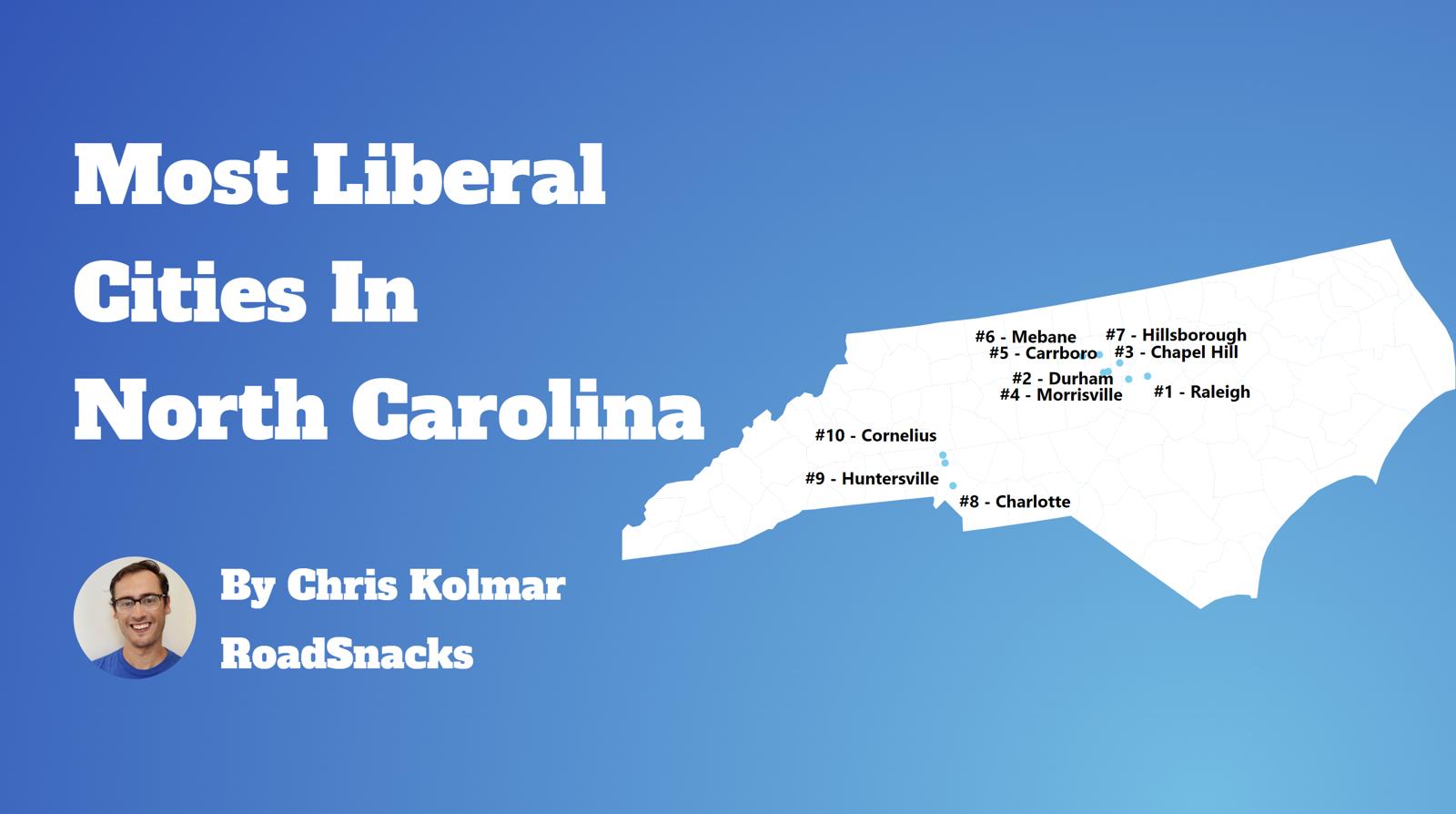
To not include Asheville, an incredibly beautiful designated City of Peace, in the top liberal cities suggests your method of research is lacking. Many are intelligent to protect their privacy by registering Unaffiliated/Independent and volunteer to campaign without making monetary donations. Have you checked historical voting results? Your “snowflake” comment suggests that you should consider opening your heart and mind to develop and grow an open conscience while you are in this earthly realm or you may likely have a difficult time in the transition to the next. Not to worry if you don’t believe this; you will “see” for yourself one day. All good thoughts and healthy wishes to you.
“Inclusiveness” all too often means excluding White people and men. I complained to the leadership of Chapel Hill that a business there was openly discriminating against men, by only giving women construction trades training. Nobody in that “liberal” city responded.